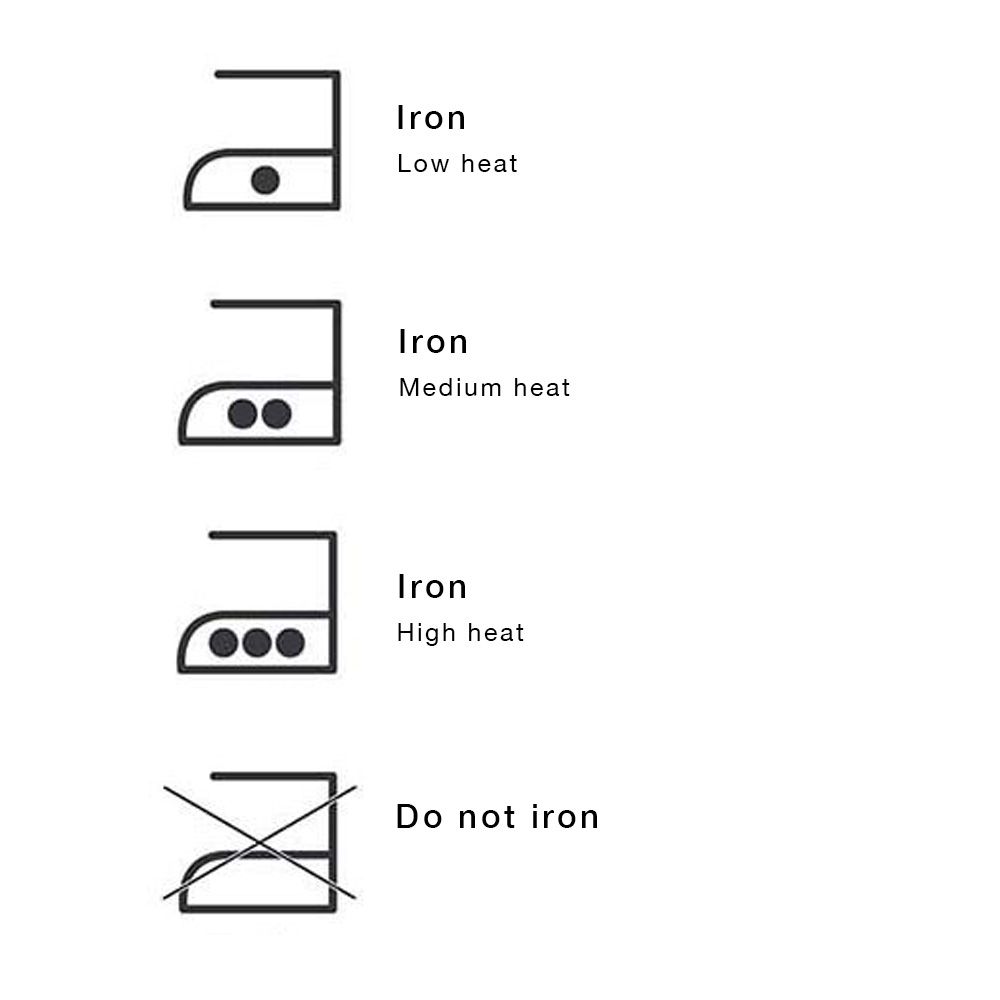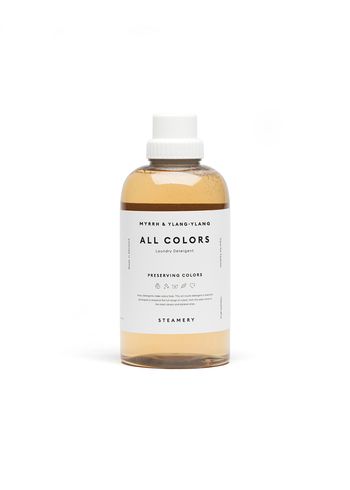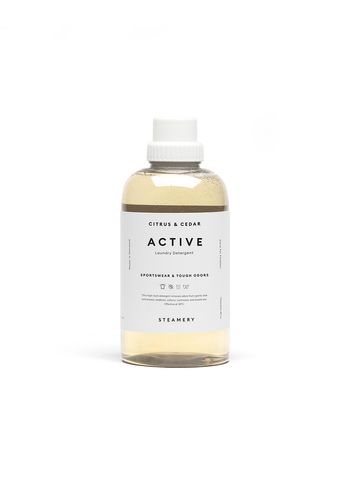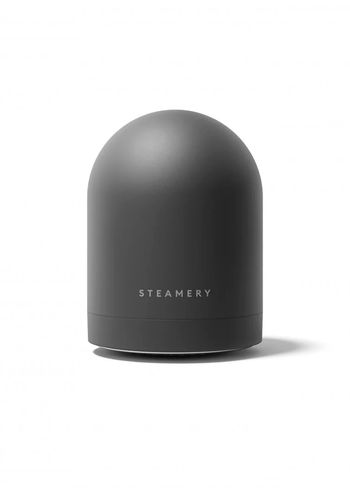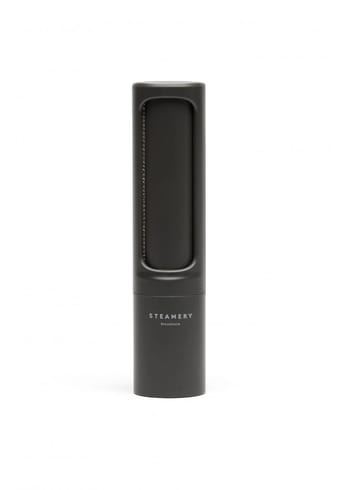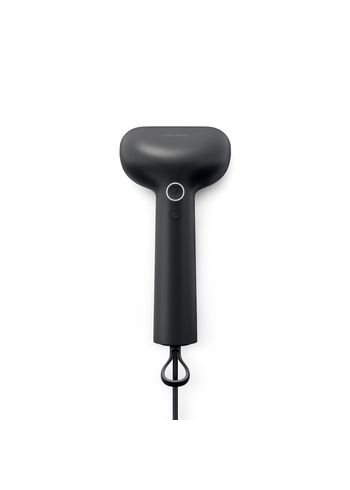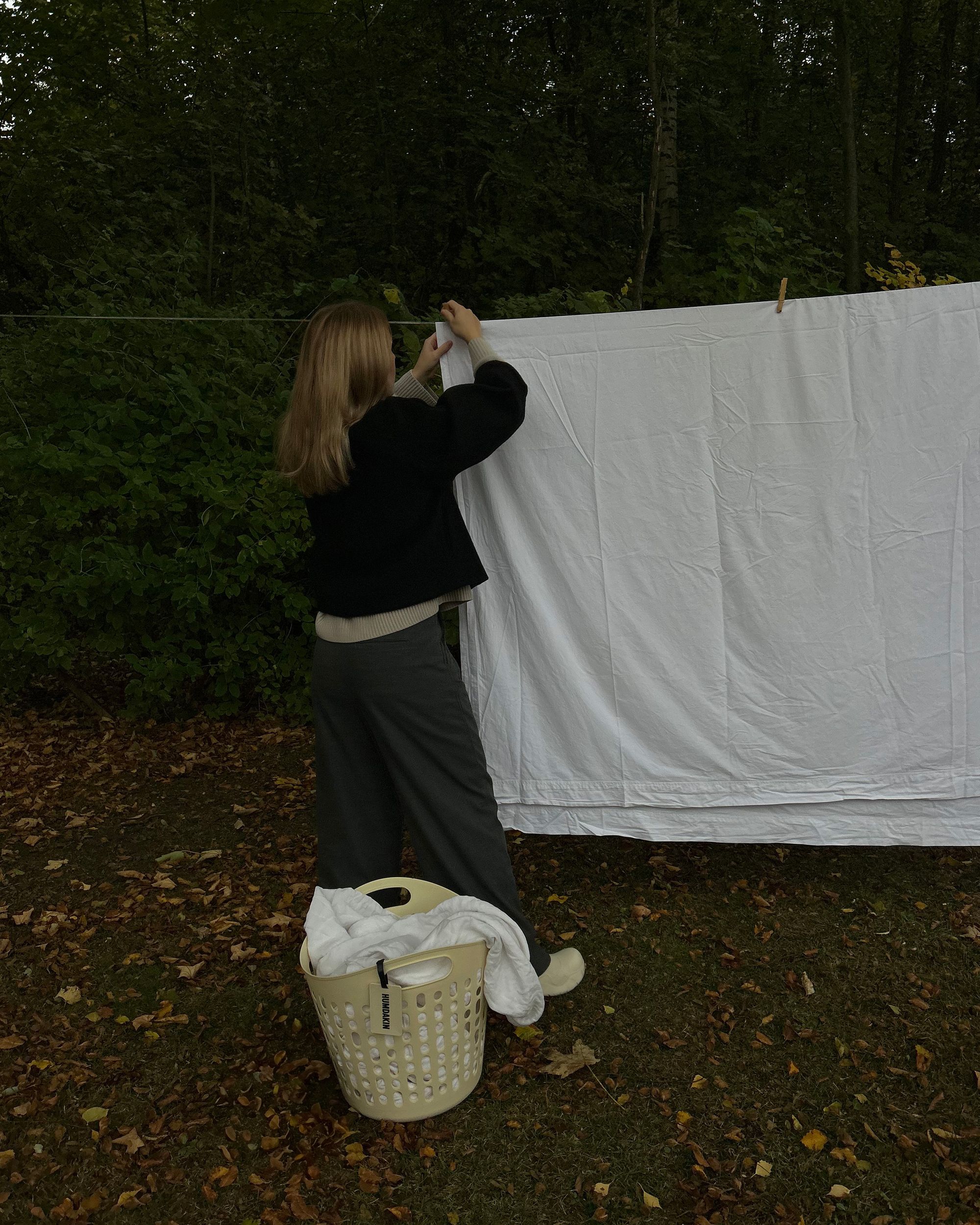
Laundry Guide
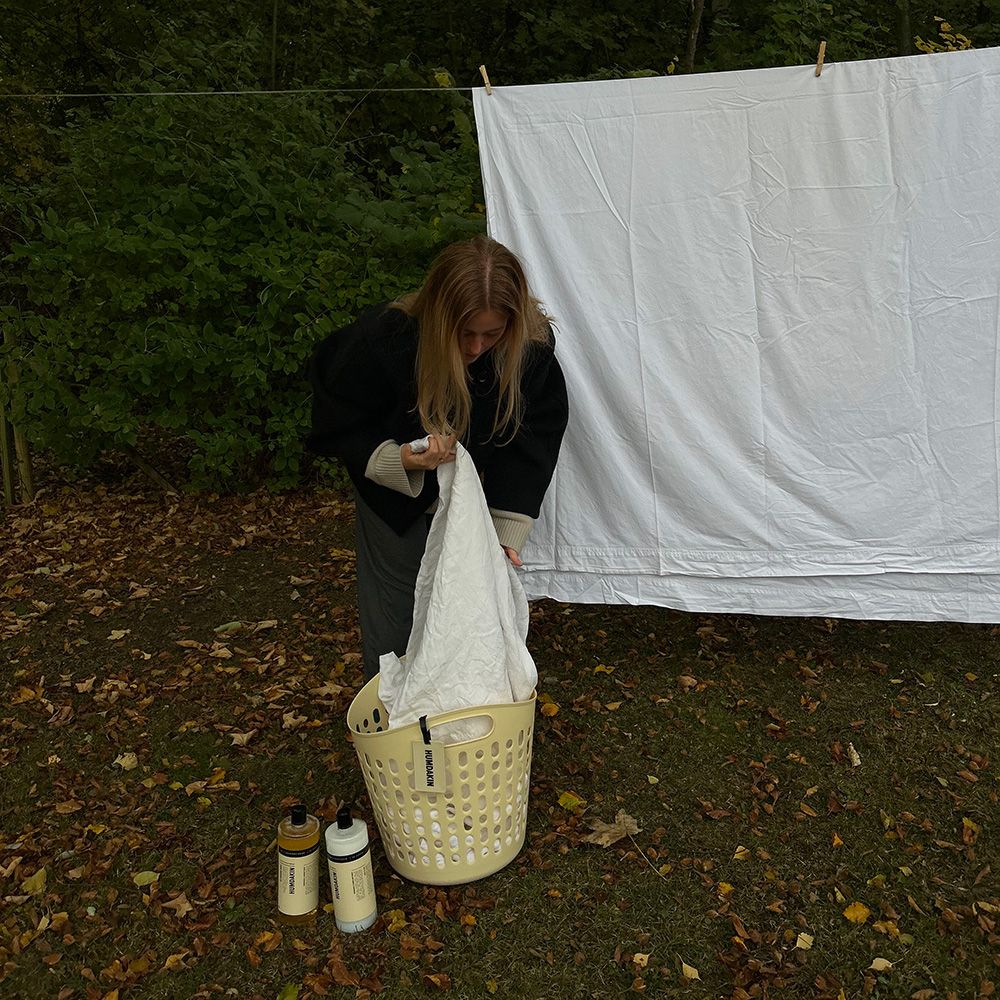
Fresh and clean clothes are a big part of many people's hygiene routine, but often we tend to wash our clothes too much and rarely do we wash them in the optimal way. Many of our clothes are more durable than we think and don't need the weekly machine wash we often subject our favourite sweaters and trousers to. The right combination of detergents, temperatures and wash programmes can help optimise the cleaning of our clothes.
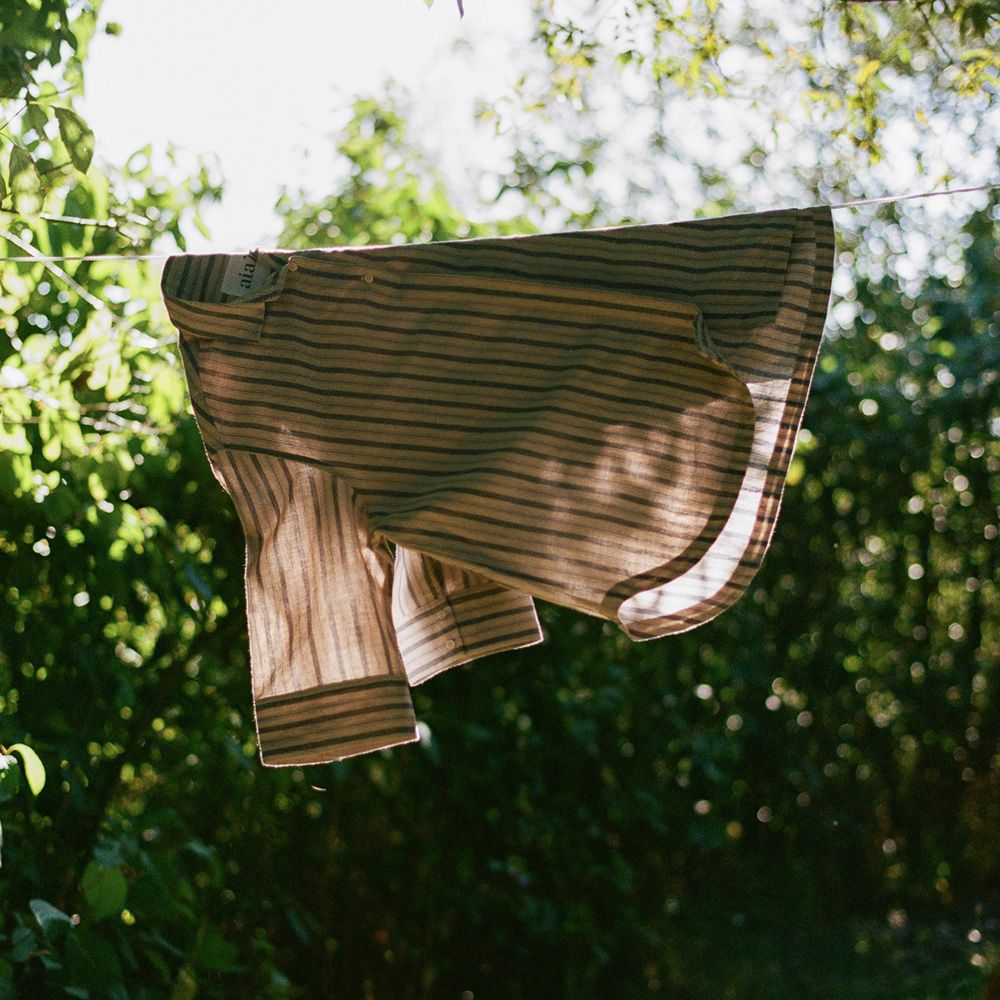
Sorting your laundry
Most laundry is already sorted when it reaches the laundry basket. Here it is ideal to divide the clothes into colour categories or according to their maximum washing temperature. You should always read the washing instructions carefully before washing, but many clothes can be combined in one wash. We recommend dividing clothes into colour categories:
Dark colours - Black, navy, dark blue…
White - Here we recommend doing a clean white wash to avoid discolouration.
Light colours - Beige, light grey, camel…
Colours - You might want to divide your laundry into colour shades.
Delicate textiles - Silk, cashmere, lace...
Home textiles - Bath towels, tea towels, cloths...
By default, three different temperatures will be used when washing clothes if no other temperature is specified in the washing instructions.
30°C - Can be used for all textiles that are not visibly dirty or have an odour.
40°C - For underwear and socks that are visibly dirty or have an odour.
60°C - Only used when washing bed linen, linen and towels.
Textiles
At byflou, we love to combine different textiles and materials in our outfits. But often, individual textiles require special care and rarely need to be washed in exactly the same way. Below we go through some of the most common textiles and how to care for them in the best possible way.

Cotton
Cotton is one of the most widely used textiles in clothing production, as it is a flexible and pliable fabric that can withstand machine washing, tumble drying and ironing. To maintain the colour of the fabric, you should always use a detergent that is suitable for the colour category you are washing.
Denim
Wash your jeans as little as possible. Although it sounds bizarre, you should avoid washing your denim items for several months. Machine washing wears out the fabric's colour, fibres and fit. Instead, you can air dry or steam your jeans to get rid of odours or soak them in cold water with suitable detergent. Once your jeans are in the washing machine, make sure to wash them inside out, preferably at low temperatures.
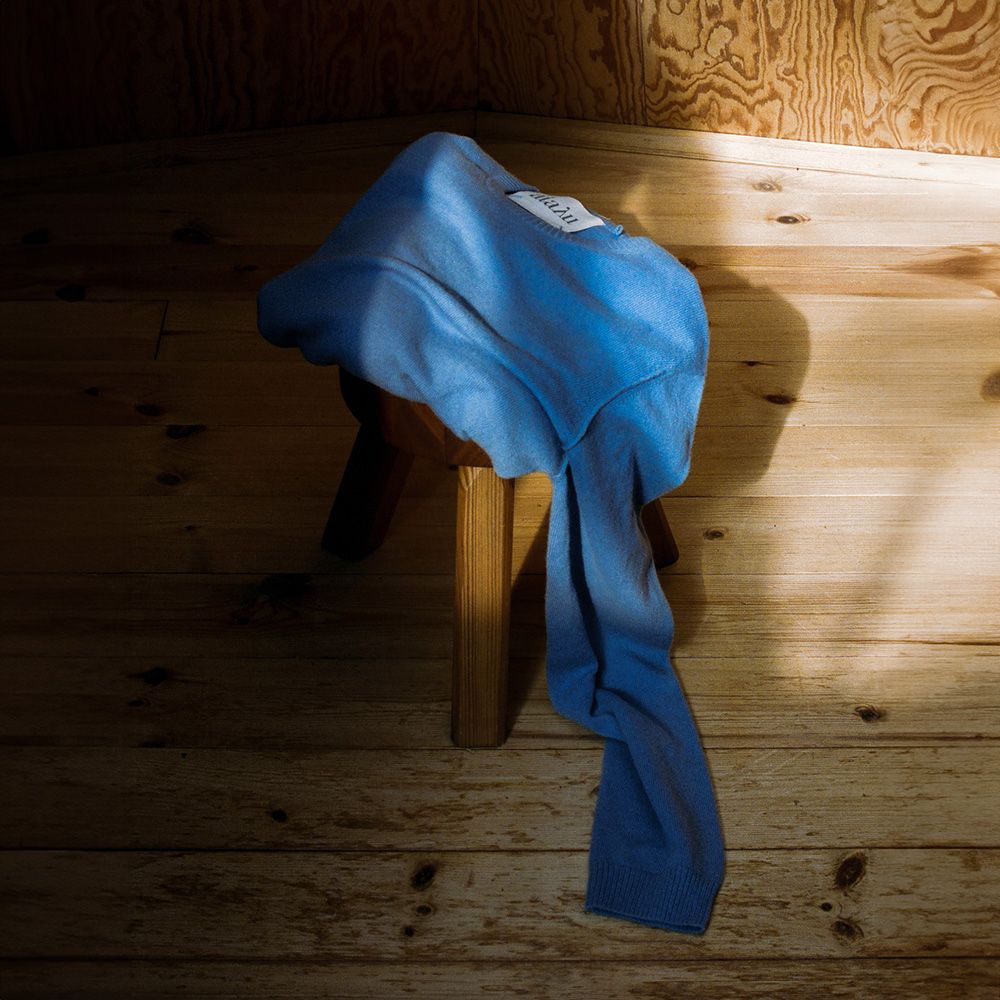
Wool
Wool is one of the most durable textiles in clothing production. Because wool is a natural material, it contains unique fibres that make it antibacterial and odour-resistant. Therefore, your wool garments should not be washed very often, but can easily be steamed or hung outside for airing to achieve a fresh feeling. When machine washing, always use a wool programme at low temperatures to avoid shrinkage. Use a delicate enzyme-free detergent to protect the fibres. Your woollen sweaters should always be dried lying down, on a towel or over a drying rack to maintain the fit.
Silk
Silk is an ultra delicate material and often the most difficult to wash correctly. We always recommend washing your silk garments by hand with an enzyme-free detergent for delicate garments. Silk should always be drip-dried and never tumble-dried as it destroys the delicate fibres. If you machine wash your silk garments, use a wool programme and use a laundry bag for extra protection. Pay extra attention to the washing instructions when buying silk clothes, as not all silk can be washed in the washing machine.
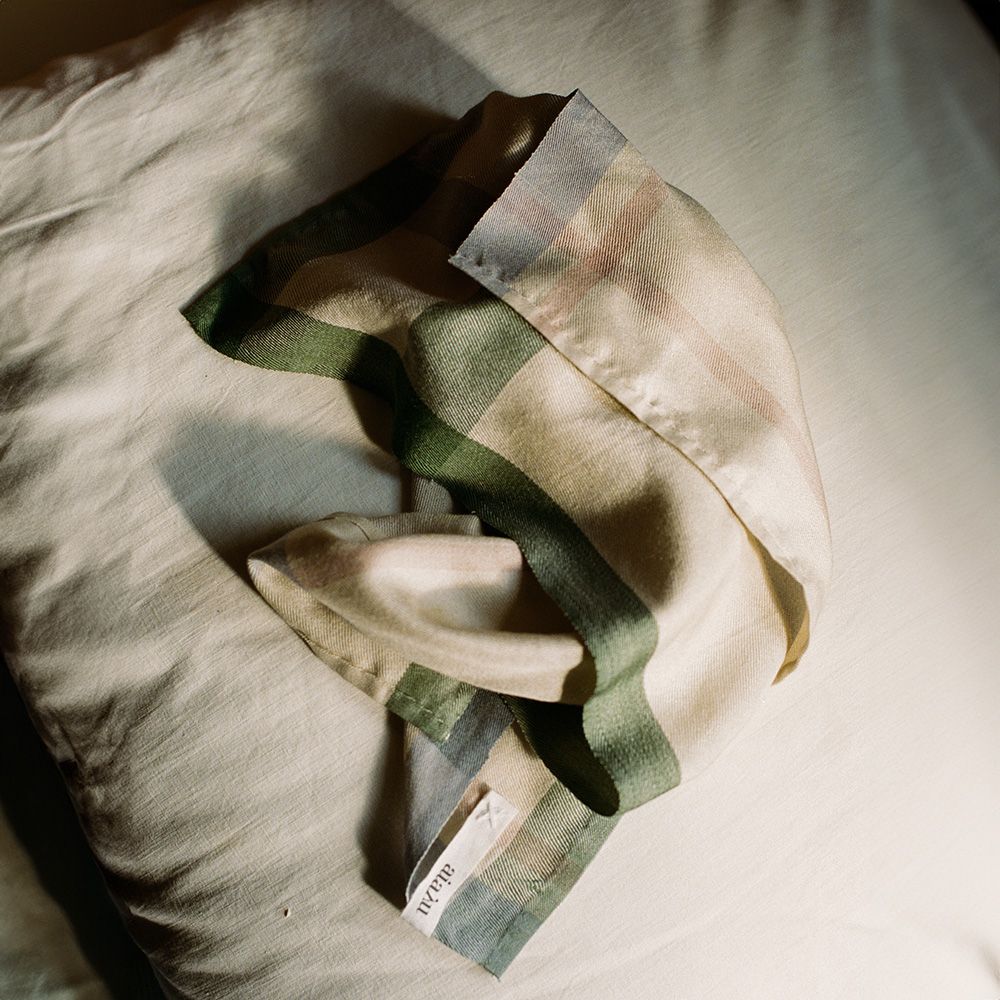
Synthetic textiles
Many clothes today are made from synthetic materials such as polyester, nylon, lycra and acrylic. Synthetic textiles are often very durable and dry quickly, but unfortunately they are also one of the most environmentally damaging textiles. Most synthetic fabrics can withstand machine washing up to 40°C, but we recommend gentle washing at 30°C as this is better for the fibres and fit of the garment. Sportswear can be washed at the same temperature, but often requires a detergent that kills odour-causing bacteria.
Viscose
Viscose is a semi-synthetic textile that often shrinks when washed. Therefore, viscose garments should be washed at low temperatures and air-dried. If your garment does shrink, the fit can easily be restored by ironing or steaming the garment.
Alternative laundry
Textiles for clothes have become an increasingly valuable resource and we are learning to take better care of our wardrobe through new and alternative methods. Taking care of your clothes is not just about washing them, but also about taking care of their different qualities.
Air over water
One of the main reasons our clothes end up in the laundry basket is because of odours. But odour particles that settle in the clothes can easily be removed without starting up the washing machine. By hanging your clothes outside in the wind, you can often achieve the same clean odour without the use of water and detergent. In many ways, a fabric spray can also help kill air particles trapped in the clothes and adds the lovely scent of fabric softeners.
Steam is the new detergent
Another alternative to traditional laundry, most often used by professionals, is steaming. Several smart home steamers have appeared on the market and they are the perfect - and often more functional - alternative to washing machines. Steaming has a number of amazing properties that make it a multifunctional cleaning method - it helps reduce odour-causing bacteria, refreshes the fibres of the fabric and at the same time styles the clothes. The steam method is gentle and therefore especially good for delicate and delicate fabrics like silk and cashmere.
A lint-free look
Another way to give your clothes a fresh and new look is to remove lint and dust. We often associate lint and dust with dirty clothes, but it's easy to remove without washing. A classic lint roller can work wonders, but a more sustainable alternative is a reusable fibre brush. At the same time, you can also choose to spend your money on a lint remover that shaves lint off cashmere and knitwear.
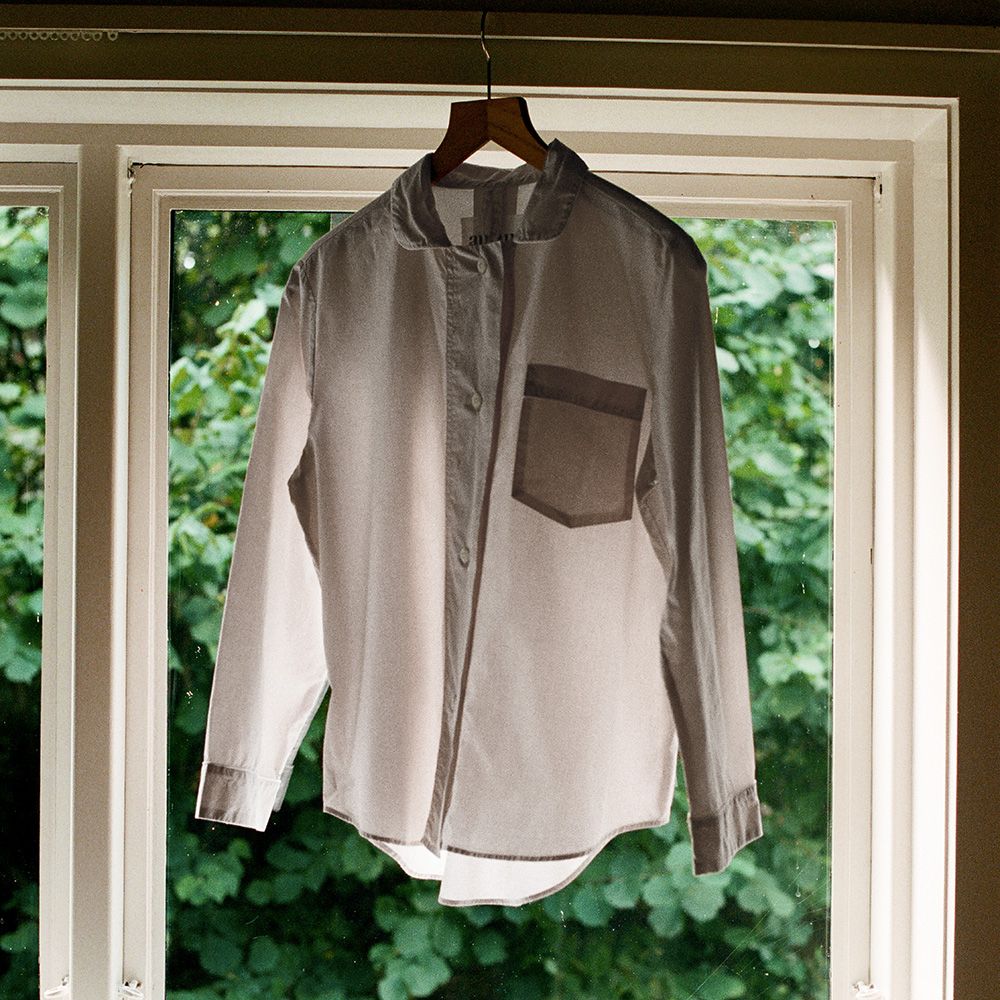
Washing symbols
Washing temperature
Indicates the highest temperature the garment should be washed at.

Revolutions
Indicates the number of spinning revolutions the garment can withstand.
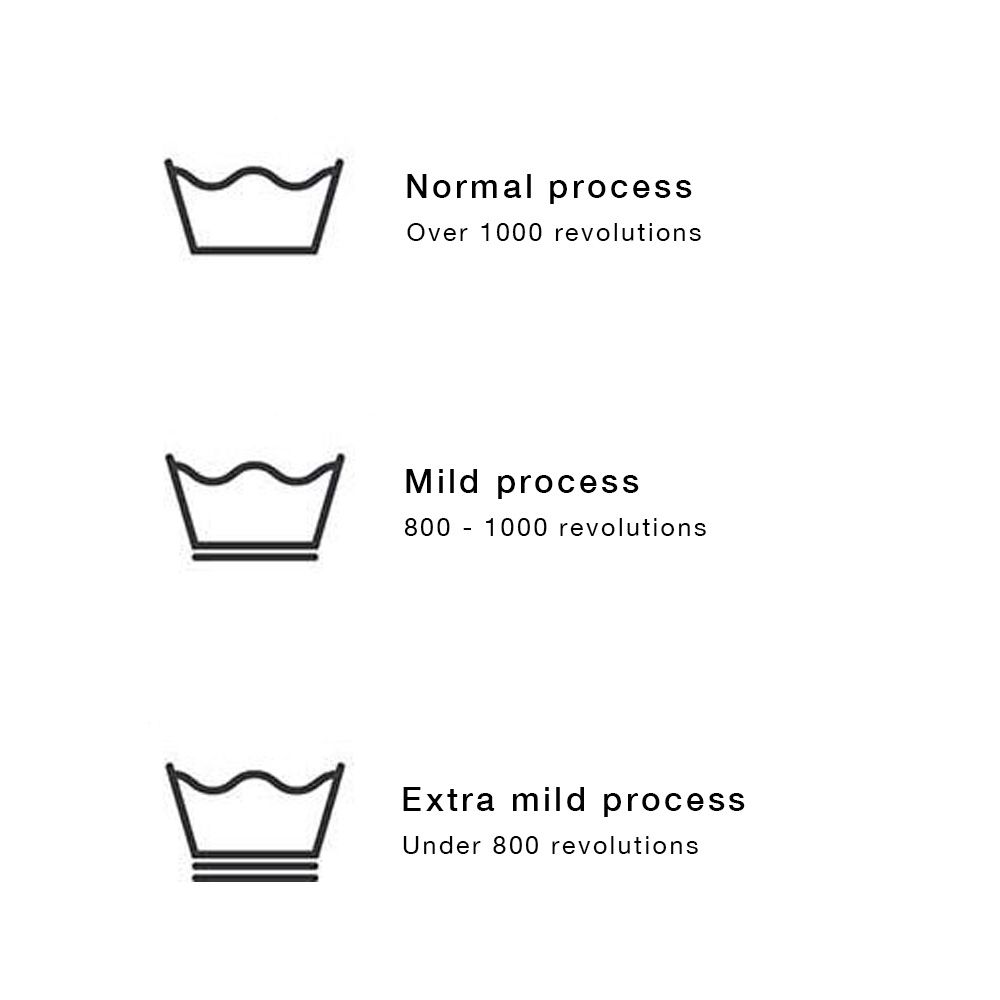
Wash without machine
Indicates when the garment is too delicate for machine wash.
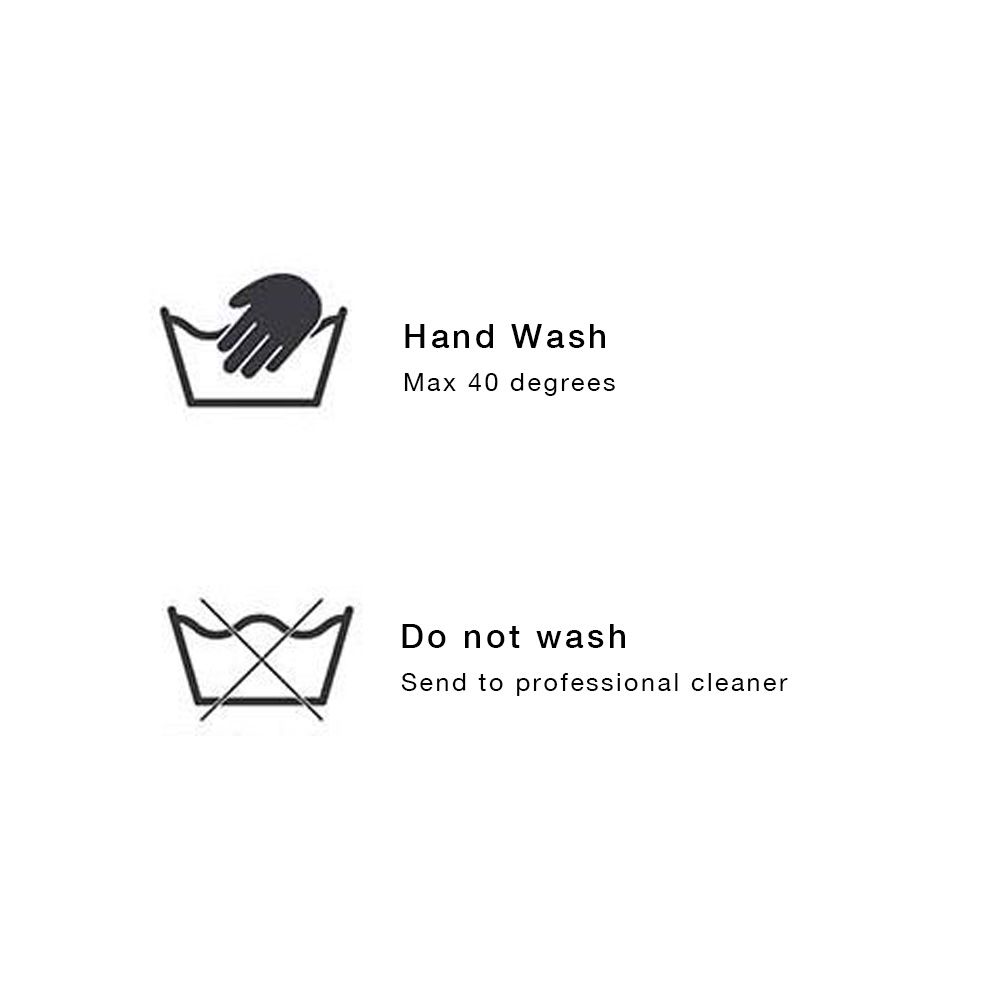
Drying symbols
Indicates whether the garment can be tumble dried.
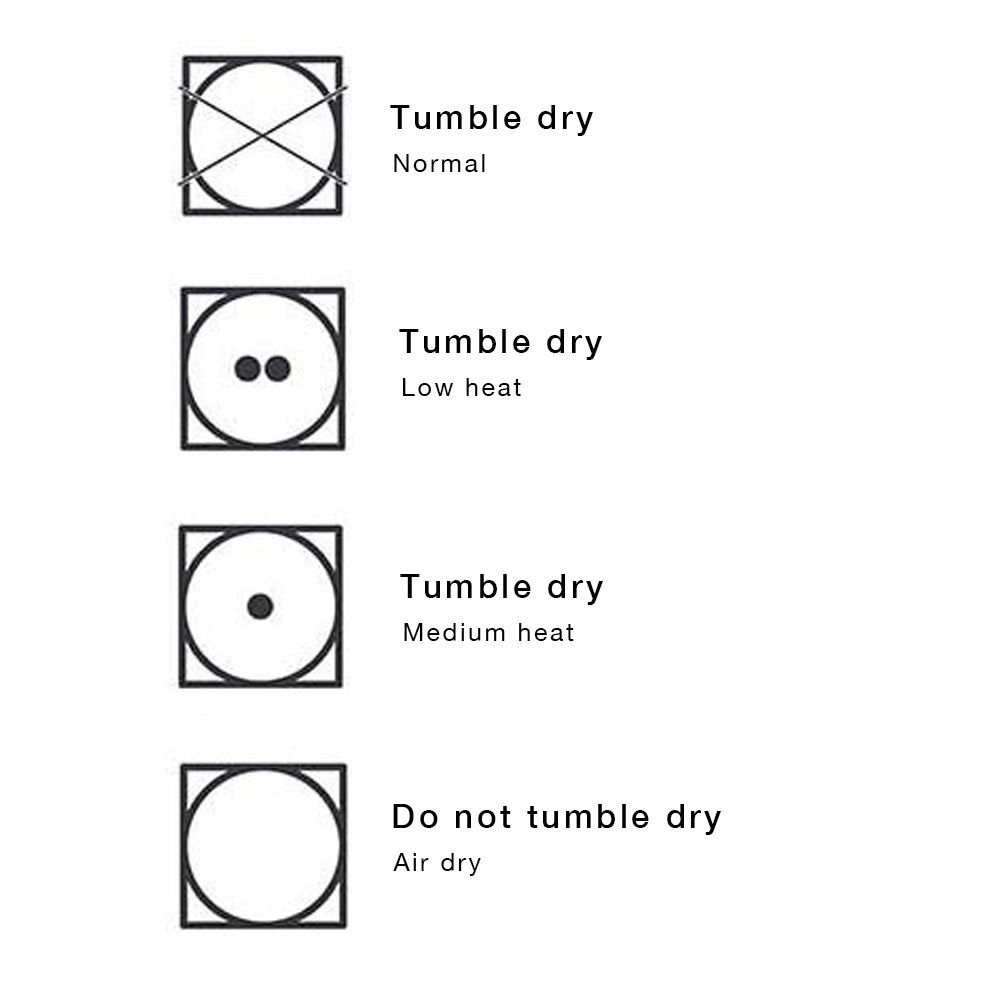
Ironing symbols
Indicates whether the garment can be ironed.
